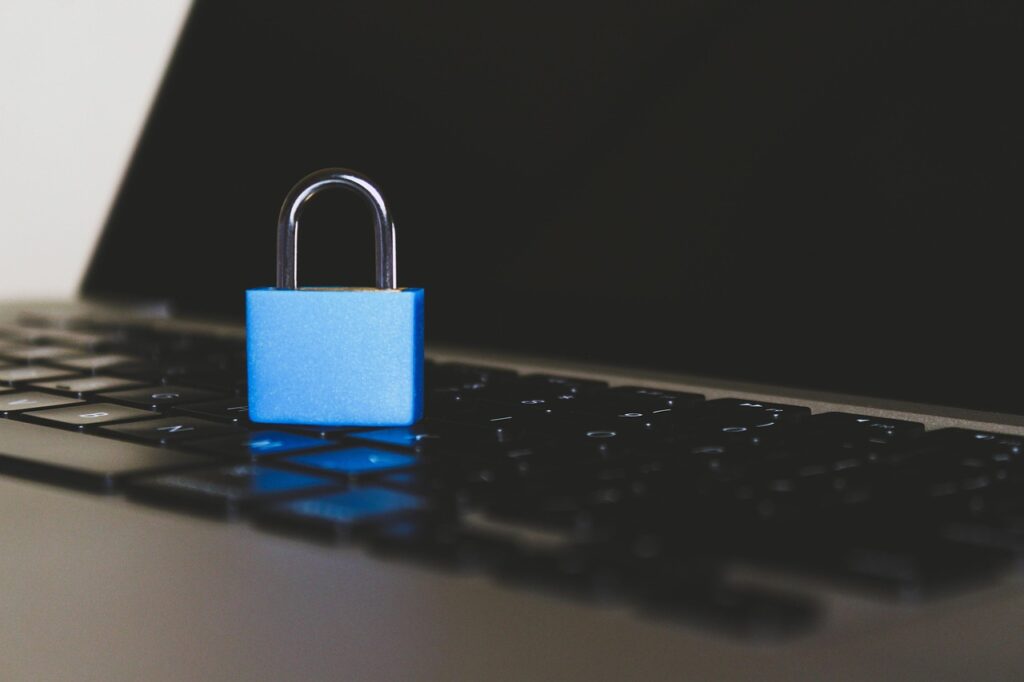Strong information security management calls for the understanding of critical principles and concepts such as data classification, change management/control, and protection mechanisms. Nonetheless, such terminologies might be overwhelming at the beginning, causing most enterprises to blindly adhere to compliance requirements without complete knowledge of whether they secure their software, networks, and systems. Comprehending the primary purpose of data security measures promotes a security-first data protection approach that enables companies to protect themselves against cybercriminals and satisfy compliance requirements as well.
Understanding the Main Purpose of Data Security Controls
What do data security controls mean?
Data security controls not only safeguard delicate information but also serve as a counteraction against unauthorized access. They facilitate risk management plans by minimizing, avoiding, detecting, or counteracting security risks to networks, software, data, and computer systems.
Data security controls consist of technical, architectural, administrative, and operational controls. Furthermore, such controls can be compensatory, corrective, detective, or preventative.
Operational Security Controls
Operational security focuses on the enforcement of a particular risk management program and the monitoring of operations. Several best practices, in this case, include automating activities to minimize human error, segregating duties, utilizing the principle of least privilege necessary, limiting network access, automating operations to reduce human error, as well as creating disaster recovery and incident response plans.
Technical Security Controls
Technical security controls concentrate on software and hardware. They control use and access across the network. For this case, some of the best practices include file integrity auditing software, access control lists (ACLs), network authentication, smartcards, and encryption
Administrative Security Controls
Administrative security controls mostly stem from regulation or standards and focus on everyday operations. Best practices comprise of disaster recovery policies, business continuity policies, vendor risk management programs, and information security procedures and policies.
Architectural Security Controls
They focus on establishing an integrated design that addresses and documents the risks across the information technology environment integrated into your business. Some of the best practices consist of continuous monitoring, auditing internal controls, re-using controls to reduce business risk, and reviewing information structures and their interdependencies.
Preventative Controls
They are intended for preventing data loss. Controls like cloud access management, identity management, least privilege necessary, and two-factor authentication will enable your company to safeguard its perimeter by identifying who has access to the data and how they utilize it.
Detective Controls
Detective controls concentrate on checking vulnerabilities. Controls including continuous monitoring, computer usage logs, and internal audit allow businesses to review areas where information could be deleted or altered. Regularly, these controls avail evidence of potential data loss or data loss as opposed to preventing it from happening.
Corrective Controls
Corrective controls are responsible for mitigating damage after a risk emerges. Their focus lies on solving the problem once detective controls show that an issue has taken place. Several examples of such controls include enforcement of procedures and policies, documenting processes and policies, and establishing a business continuity and disaster recovery program.
Compensatory Controls
Also referred to as an alternative control, a compensating control is a temporary solution to a given security weakness. These controls allow a business to satisfy a security requirement without utilizing the suggested or accepted control. Nonetheless, they require meeting the rigor and intent of the initial requirement, deliver a similar level of protection, and be the same as the risk they pose. In a nutshell, they serve as a stop-gap for businesses looking to safeguard their networks in the short-term but ought not to remain stagnant for a long time.
How do you come up with an internal controls program?
The aim of internal controls, particularly data security controls, is mitigating the risks associated with how data is deleted, changed, or accessed. Developing a risk-based cybersecurity plan helps in strengthening your data protection effort.
- Identify Risks
To start the process, businesses must collect, transmit, and store information. This undertaking calls for the reviewing of all the devices, software, networks, and systems that your company uses. - Assess Risks
Upon identifying risks, your company must evaluate the information it transmits, stores, and collects. Delicate information including cardholder data (CD) or personally identifiable information (PII) requires additional data security controls compared to publicly existing information. Therefore, your business must review the information alongside the software, systems, networks, and individuals with access to it. - Analyze Risks
After the assessment and identification processes are done, your business or startup must combine the two parts in a bid to evaluate the risks. For this to happen, it must multiply the potential risk related to the location and information by the possible impact posed by a data breach. - Set Risk Tolerance
Risk tolerance differs from one organization to the other. After assessing risk, your company may transfer, refuse, mitigate, or accept the risk. - Set Controls
After your company validates its risk tolerance, it can start setting or reviewing the control environment. A portion of this undertaking can be establishing the necessary authorization controls like the least privilege necessary and multifactor authentication. It may involve creating encryption and integrating firewalls over both data at rest and data in transit. - Develop an Audit Program
External audits offer a third-party review of your organization’s cybersecurity structure. They also take into consideration external and internal reviews, which make other entities to gain confidence in how your company handles business data. - Constantly Monitoring Control Effectiveness
Cybercriminals continually improve their threat techniques. What this means is that your organization’s controls may not be adequate over time. Hence, your company or startup must assess its cybersecurity controls continuously.
By understanding the purpose of data security controls and how to implement each type, a business can keep themselves and their customers secure in a world where risks to data are constantly evolving; ensuring the longevity and profitability of the business long-term.
- The Role PCI-DSS Plays in Security - January 21, 2020
- Your Quick Guide to SOC 1, 2 and 3 - December 13, 2019
- Using a Risk Assessment for a SaaS Company - November 24, 2019




Comments are closed.